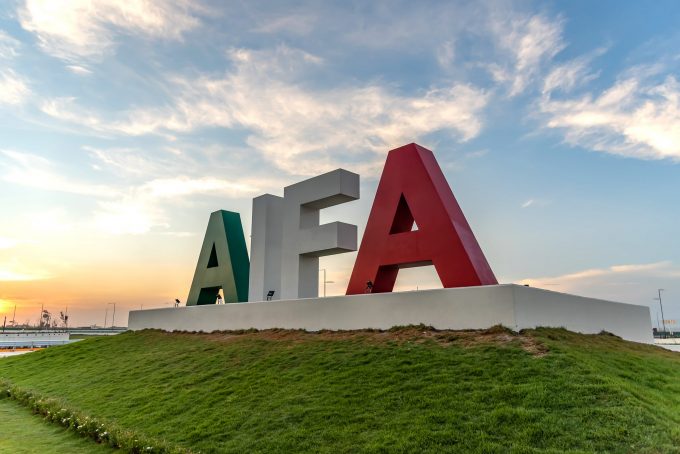European freighters set for summer ecommerce chase in Hong Kong
Hong Kong is set to become a popular destination for European freighter operators in the ...

For an airport that is supposed to be bowing out of the cargo business, Benito Juárez (AICM), the chief gateway for the Mexican capital, is doing remarkably well.
The chronically congested airport clocked up 10% growth in cargo volume in the first half of the year over the same period in 2022.
Throughput reached 294,603 tons, driven by an 11.5% surge in international volumes, whereas domestic traffic expanded by a more modest 1.7%, to 42,996 tons.
AICM was supposed to see a contraction ...
Volcanic disruption at Anchorage could hit transpacific airfreight operations
Macron calls for ‘suspension’ – CMA CGM's $20bn US investment in doubt
Forwarders stay cool as US 'liberation day' tariffs threaten 'global trade war'
Shippers snap up airfreight capacity to US ahead of tariff deadline
De minimis exemption on shipments from China to the US will end in May
Tighter EU import requirements proving 'a challenge' for forwarders
Looming Trump tariffs will create 'a bureaucratic monster' for Customs

Comment on this article